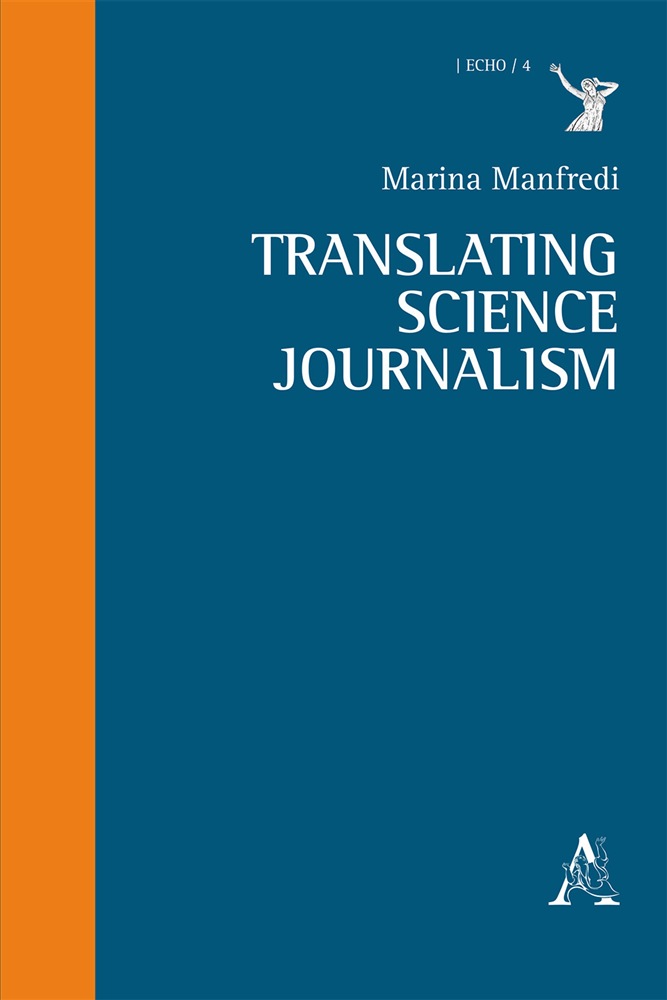Translating Science Journalism

di/a cura di: Manfredi Marina
Translating Science Journalism makes a contribution to the field of popular science,
from a linguistic and translational perspective. It is rooted in Translation Studies
and Systemic Functional Linguistics, with some insights from journalism, media
studies and science communication studies. Even though it is widely acknowledged
that popular science encompasses a wide range of discourses, the focus of this
book is mainly on the journalistic practice it exemplifies. Specific focus is on the feature
article in different written media – such as consumer magazines and specialized
science magazines – when it undertakes a process of interlingual translation: what is
the extent of the translator’s/editor’s intervention? In order to investigate how reality
is represented in texts, how interpersonal relationships between the interactants of
the communicative event are constructed, how the textual resources of lexicogrammar
are used to create a cohesive and coherent text, and how these different meanings
are rendered in target texts, the book proposes the analytical method of register
theory (Halliday 1994), combined with that of Appraisal theory (Martin & White
2005). With the aim to illustrate these analytical models at work, a selection of pilot
studies, focusing on the English-Italian language pair, is presented, dealing with different
fields, subject fields and sub-domains, i.e. Natural sciences, Engineering and
Technology, Medical and Health Sciences, and, more specifically, physical sciences
(particle physics), evolutionary biology (biological sciences), electronic engineering
and health sciences (infectious diseases).